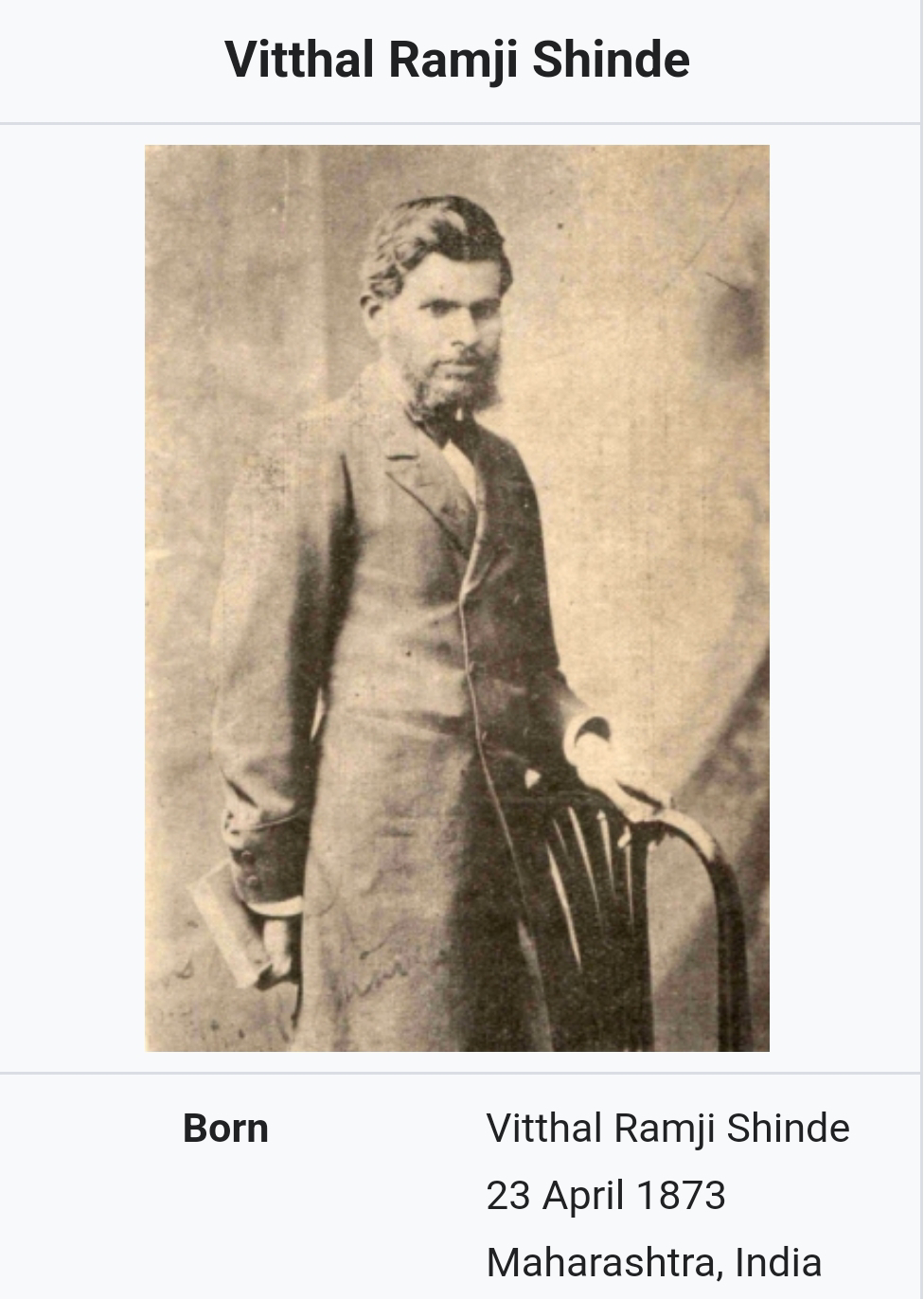Class 10 HistoryChapter 4. Social and Political Movements/ Questions and answers/textual exercise
Class 10 History
Chapter 4. Social and Political Movements/ Questions and answers
1. Choose the correct option from the given options and complete the sentences. (1) ............ is the main demand of farmers movement.
(a) Right to cultivate on the forest land
(b) To get the right price for agricultural product
(c) Protection of consumers
(d) Building of dams
Ans: To get the right price for agricultural product is the main demand of farmers movement.
(2) To increase agricultural production and become self-sufficient with regard to food grains ............ was initiated.
(a) Water revolution
(b) Green revolution
(c) Industrial revolution
(d) White revolution
Ans: To increase agricultural production and become self-sufficient with regard to food grains Green revolution was initiated.
2. Explain the concepts.
(1) Tribal movement
Ans:
1.Tribal community was always dependent on forest wealth for their living.
2.The British had prohibited the tribals from making use of forest wealth to earn their livelihõod
3.Kolam, Gond, Santhal, Koli, Bhilla, Munda Tribals of different parts of India revolted against the British.
4.Even after independence their problem to earn a livelihood is not solved. Their right on the forest land, to gather forest products and to cultivate on forest land is not yet recognised.
Therefore, for these demands, Tribal Movement is active in many parts.
(2) Labour movement
Ans:
1. Industries in public and private sector like textile mills, railway companies started in India in the latter part of the nineteenth century.
2.Due to industrialisction, a large number’ of labour force came into existence.
Thiš led to lot of labour issues.
3. In 1920, All India Trade Union. Congress was established to solve their problems.
Many unions were formed after independence.
4. The Trade Union Movement was very effective from 1960 tifi 1980s.After 1980s trade union movement lost its momentum and slowly disintegrated. Globalization gave a final blow to the movement.
3. Answer the following questions in brief. (1) Explain the activities/role/functions of environmental movement.
Ans: Role - The environment movement rias played a key role in –
Creating public awareness about the importance of balance in environment through television, newspapers, and other mediums.
Opposing developmental projects with environmental concerns.
(ii) Functions : The function of the environment movement is to make efforts silently or rigorously to protect natural areas through afforestation, recycling or pollution control. Forest department and the pollution board are actively involved and extend support by making stringent laws to book the culprits.
(iii) Activities : Different activities are conducted to promote the environment movement:
1.Environmental degradation has become a serious issue not only in India but also in the world.
2.The issues of degradation was discussed at. Rio-de-Janeiro, Paris and Kyoto Conferences.
3.Even in India many movements are active for conservation of the environment like the Chipko movement, Appiko movement ana Vanmahatsov.
(2) Explain the nature of farmers movement in India.
Ans: 1.The Indian farmers organised themselves in pre-independence era to fight against the anti-agricultural policies of the colonial British rulers.
2.The farmers were inspired by the thoughts of Mahatma Phule, Justice Ranade and Mahatma Gandhi. They organised satyagraha against revenue collection in Bardoli and Champaranya.
3.Farmers’ movement slowed down because of tenancy laws under land reforms. Green revolution failed to improve conditions of the poor farmers.
4.Farmers’ movement gained momentum with demands like, appropriate price for agricultural products, debt relief and debt cancellation after recommendations from Swaminathan Commission.
(3) For which reforms were the women’s movement in the pre-independence period fighting ?
Ans:In the pre-independence period women’s movement were working for the following reforms :
1.Eliminating injustice against women.
To put an end to the exploitation of women and help them lead a respectful and dignified life.
2.They should be able to participate actively in social life.
3.To end the practices like Sati, child marriage, polygamy and bring about reforms such as widow remarriage and women’s
4. State wheather the following statements are true or false. Give reasons for your answer.
(1) Movements are important in a democracy.
Ans: True:
1.People organise themselves and start a movement to solve social issues.
2. Leaders and activists provide all the information regarding those issues to the government.
3.The government takes, notice of the problems because of the movement.
Some movements aim at opposing some policies of the government and certain decisions. This is the most recognised method of protest in democracy.
(2) Movements do not need a strong leadership.
Ans: False
1.The success of any movement depends on leadership.
2.The movement remains active because of the strong leader.
3.The decisions regarding the objective of the movement, programme of action, strategy of agitation are decided and taken by the leader.
4.Firm leadership has a wide reach. They can get public support making the movement very effective.
So, the need of a strong leadership is utmost essential.
(3) Consumer movement came into existence.
Ans:True
1.The consumers faced different problems because of changing economy and social system.
2.Adulteration increased the cost of products and faulty weights and measures are some of the problems faced by the consumers.
3.To protect the consumers from such frauds the Consumer Protection Act was passed in 1986.
4.The Consumer Protection movement was started to create awareness among the consumers about their rights and their safety.


Comments
Post a Comment